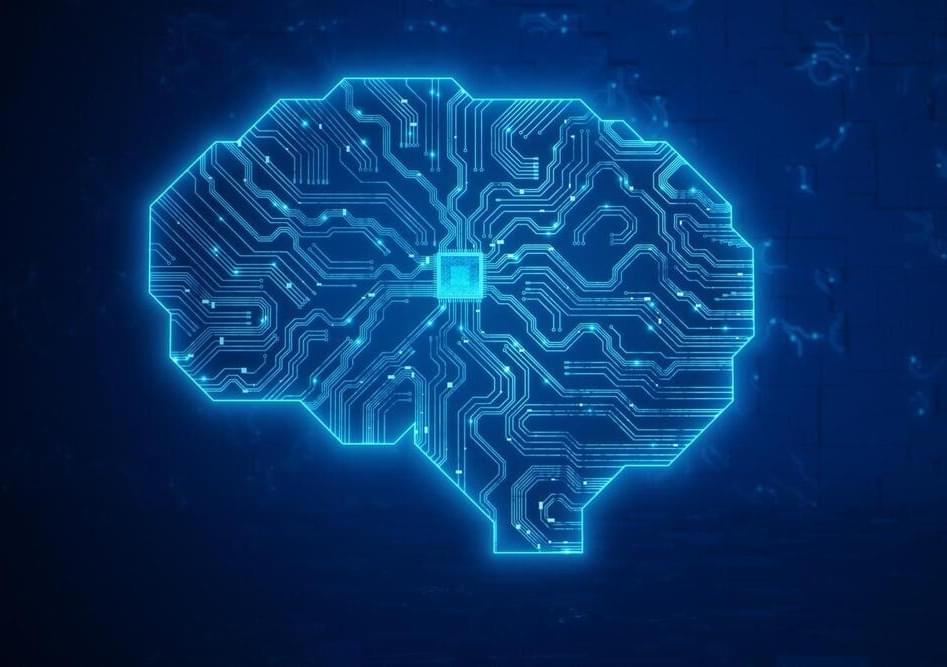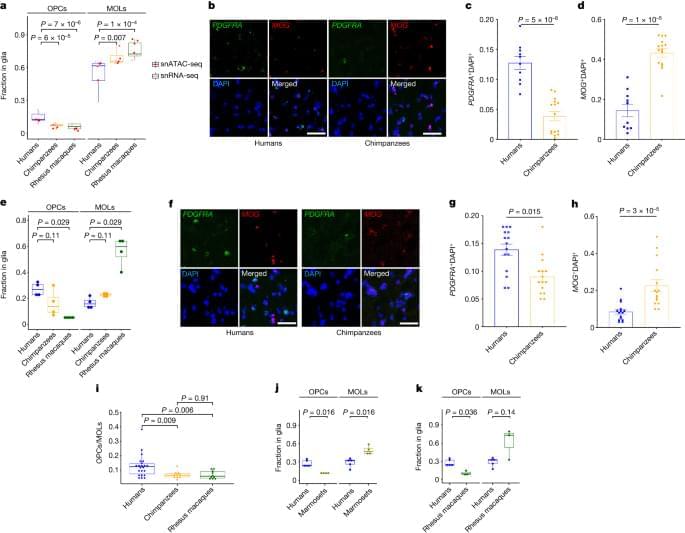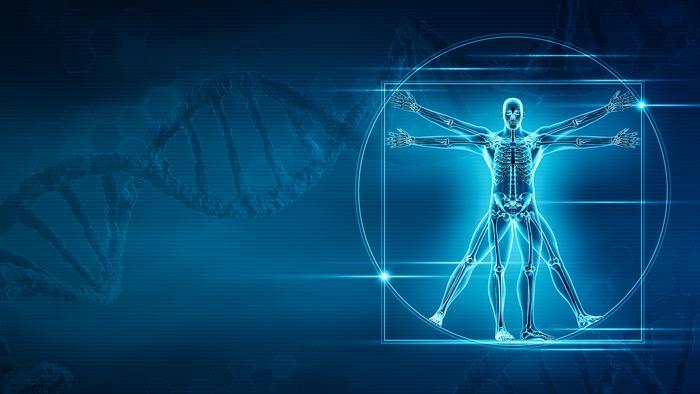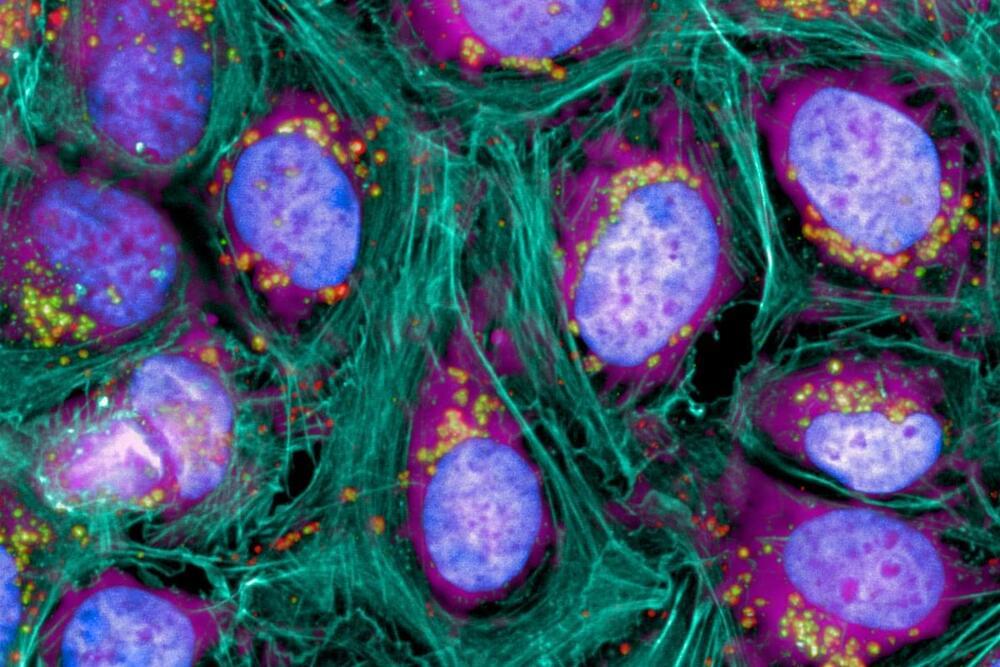Research on “micro-nature” — the incorporation of small, affordable natural elements into workplaces — demonstrates its positive impact on employee performance and well-being. Studies show exposure to nature at work boosted productivity, helpfulness, and creativity, with no evidence of negative effects. Recommendations include both real and artificial nature, extending beyond the office environment, utilizing underused spaces, and encouraging nature exposure outside work hours. The integration of nature in workplaces enhances overall business performance.
Page-utils class= article-utils—vertical hide-for-print data-js-target= page-utils data-id= tag: blogs.harvardbusiness.org, 2007/03/31:999.360409 data-title= Research: A Little Nature in the Office Boosts Morale and Productivity data-url=/2023/07/research-a-little-nature-in-the-office-boosts-morale-and-productivity data-topic= Workspaces design data-authors= Anthony Klotz; Shawn McClean; Pok Man Tang data-content-type= Digital Article data-content-image=/resources/images/article_assets/2023/07/Jul23_19_MaryHaasdykVooys-383x215.jpg data-summary=
Simple acts like adding flowers to the break room or landscaping the area outside employees’ windows can foster a healthier work environment.








